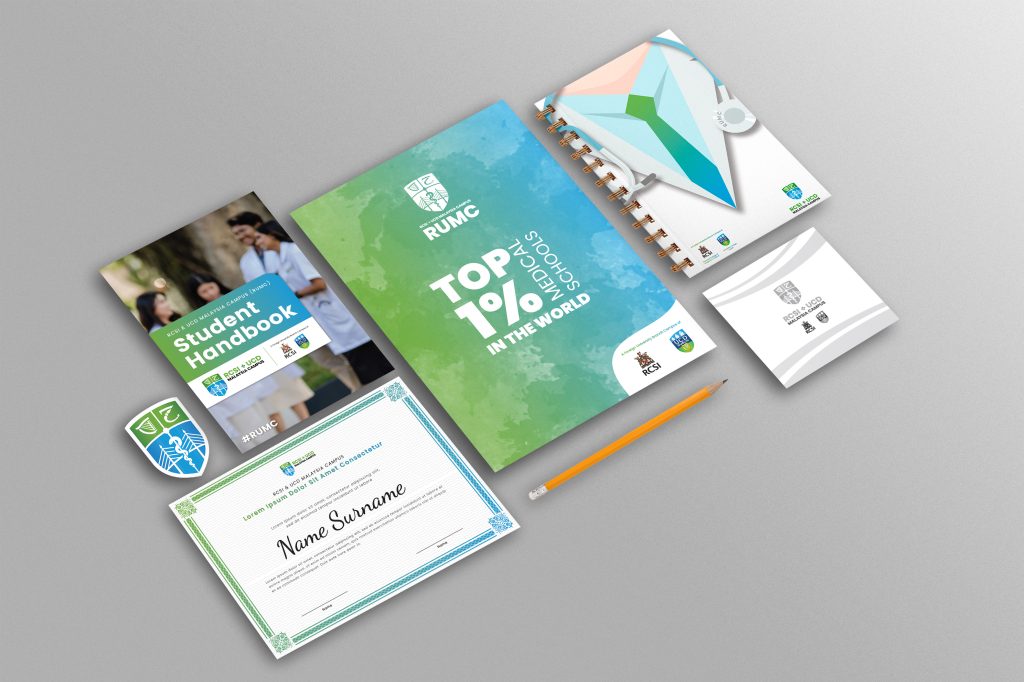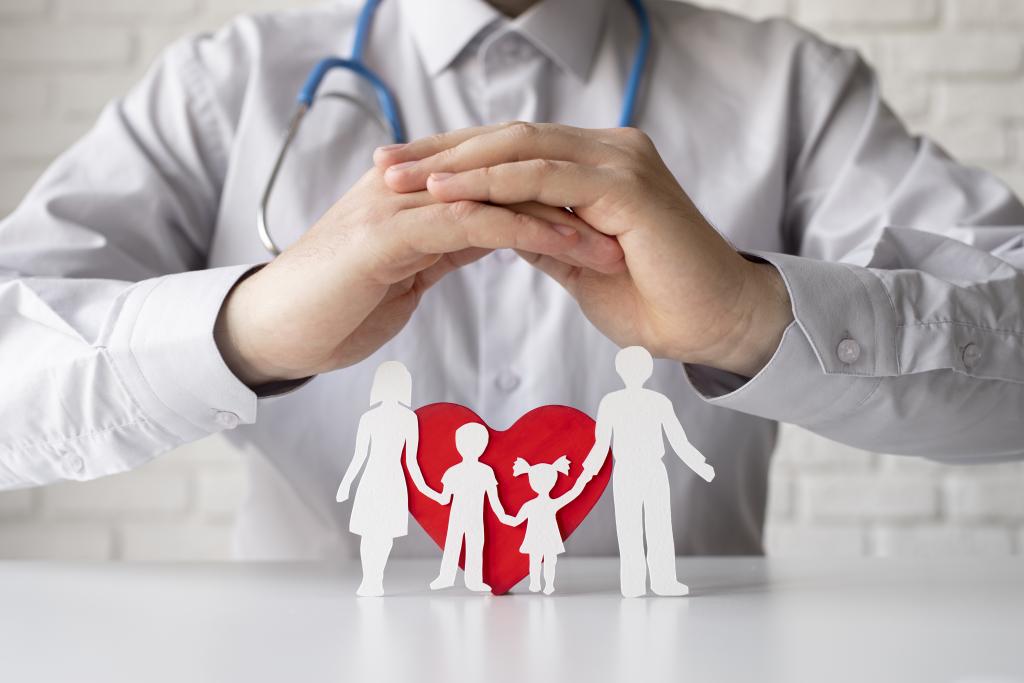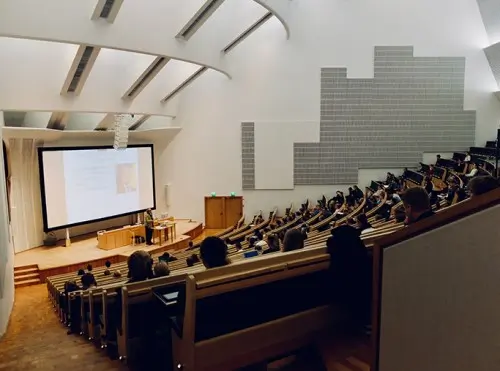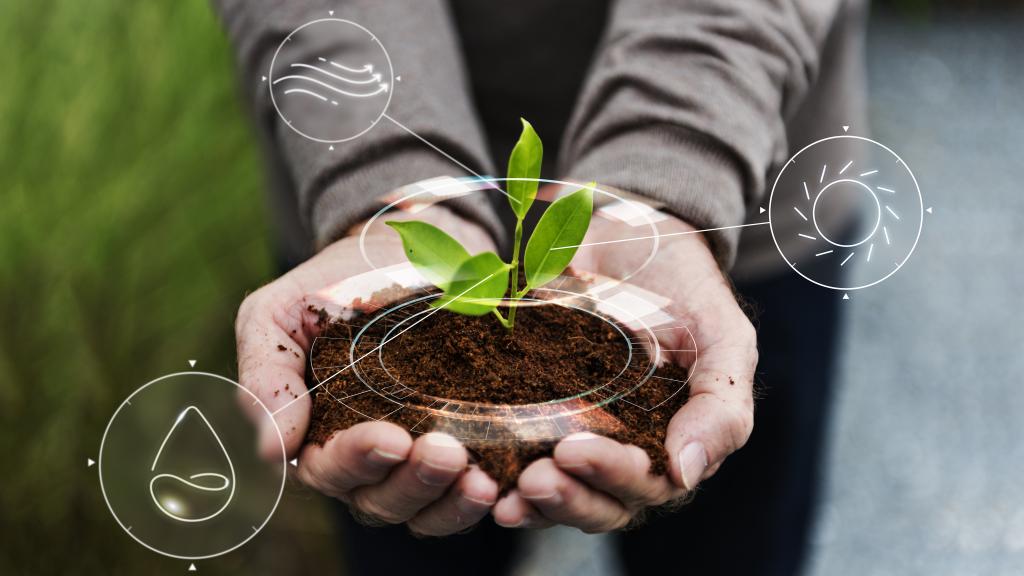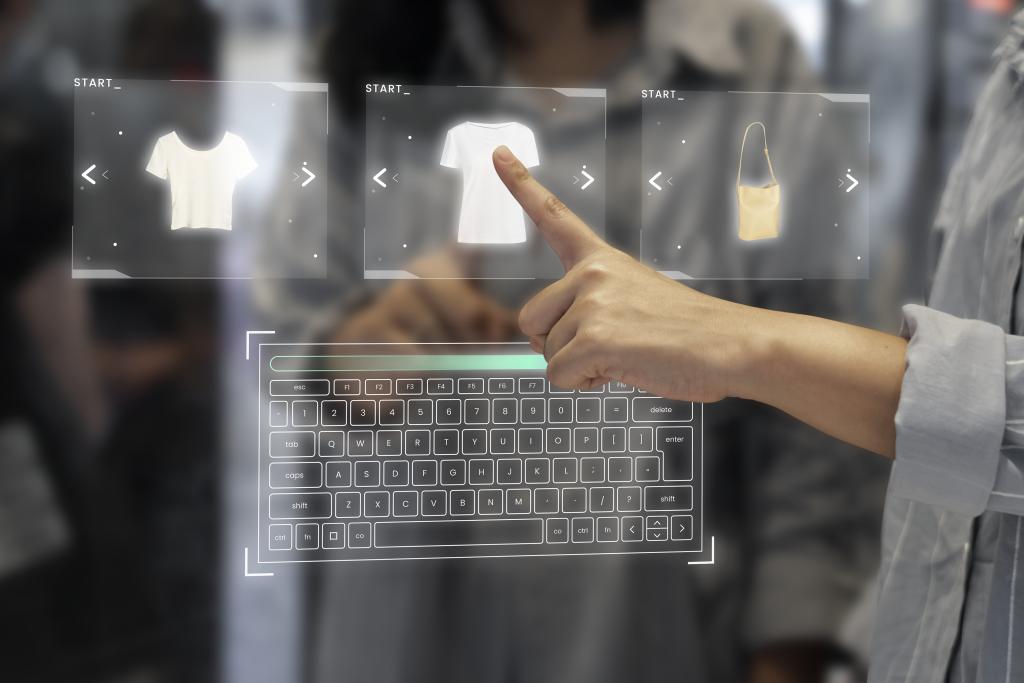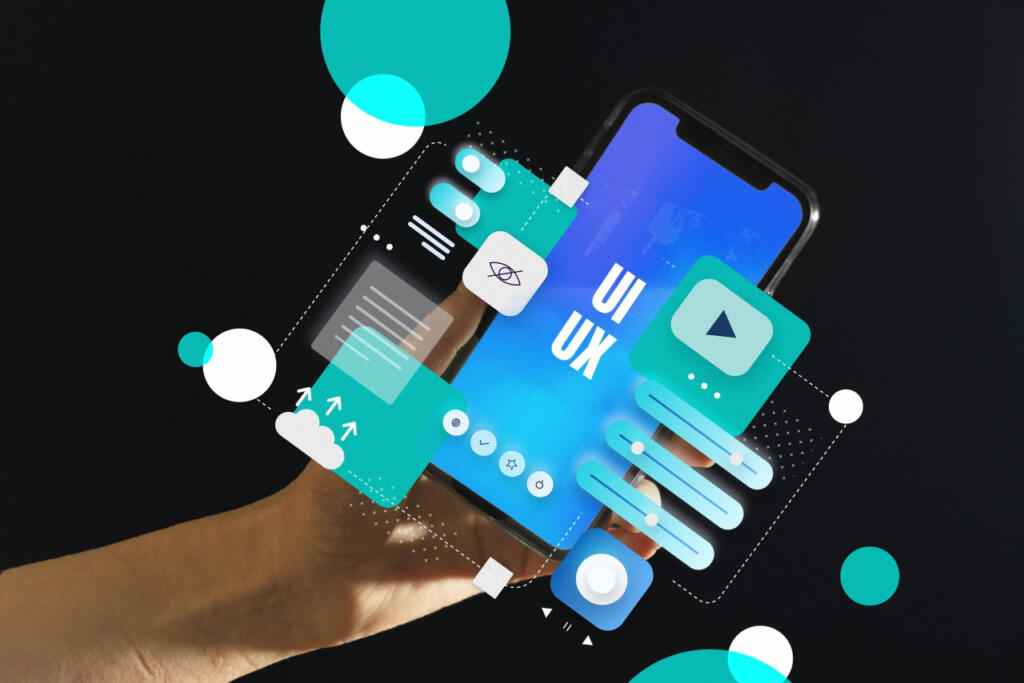Our top-tier consultancy services provide strategic guidance to elevate your entire digital presence.
Learn More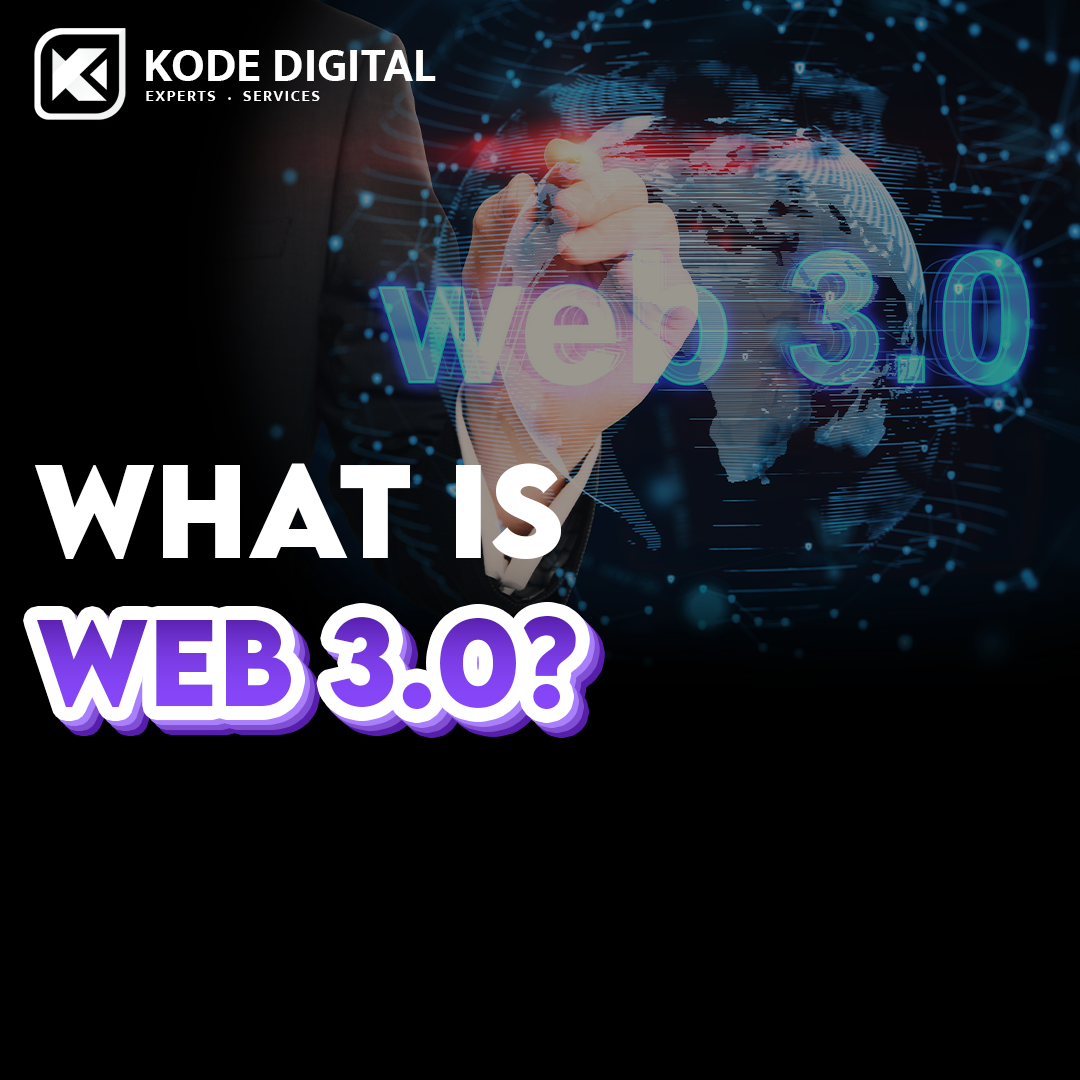
Contents
The web is constantly evolving. What we once knew as Web 0.0 has now become Web 3.0. But what does that mean? Is there any significance to this digital evolution?
In this blog post, we will discuss the meaning of the web, its digital evolution, and its impact on our lives. We will also explore what the future may hold for this amazing tool that we all use every day. This way, we can all be a little more prepared for the changes that are sure to come.
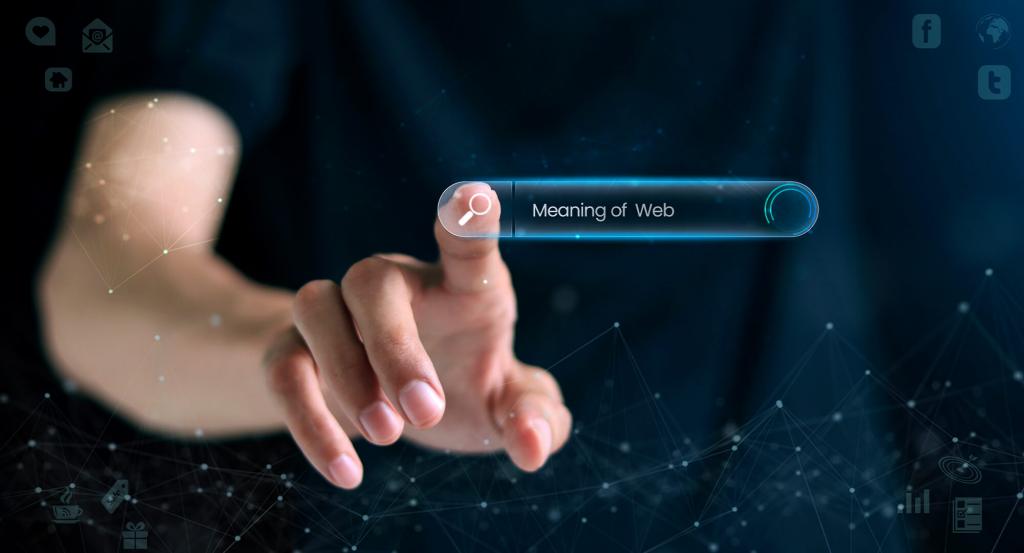
Meaning of “Web”
The World Wide Web is many things to many people. It’s a way to connect with friends and family. It’s a source of information and entertainment. It’s a platform for business and commerce. It’s a place to find news and current events. In short, it’s a part of our everyday lives.
Technically speaking, the term “web” refers to the system of interconnected documents that are accessed via the Internet. The documents are linked together using hyperlinks, which allow users to navigate from one document to another. The World Wide Web is often confused with the Internet, but they are not the same thing. The Internet is a global network of computers that can be used to connect people and devices. The World Wide Web is a way to access information on the Internet.

The Digital Evolution: From Web 0.0 to 3.0
The web has come a long way since its humble beginnings. In the early days, it was nothing more than a tool for academics and scientists to share information. But as time went on, it evolved into something much more. The commercialization of the internet in the 1990s led to the development of what we now know as Web 0.0. This was a time when the internet was used primarily for information sharing and communication. But it was also a time when the potential of the internet began to be realized.
The dot-com boom of the late 1990s saw the development of Web 0.0 into what we now know as Web 1.0, or the commercial web. This was a time when businesses began to realize the potential of the internet as a tool for marketing and commerce. The development of e-commerce sites and online advertising led to a whole new era of business on the web.
The early 2000s saw the rise of Web 2.0, or the social web. This was a time when the internet began to be used for more than just information sharing and communication. It was also a time when people began to use the internet to connect with each other. The development of social networking sites like Friendster and MySpace led to a new way of interacting with the web.
As time went on, the web became more sophisticated. Websites began to incorporate multimedia content, such as video and audio. The ability to create and share documents online also became available. This led to the development of Web-based applications, such as email and social media. It also ushered in a new era of online shopping and commerce.
The most recent development in the evolution of the web is the rise of mobile devices. With the advent of smartphones and tablets, people are now able to access the Internet from anywhere at any time. This has led to the development of mobile-friendly websites and apps. As more and more people use mobile devices to access the web, it’s likely that the trend will continue.
Evidently, we are now in the midst of Web 3.0, which is being defined by the convergence of technologies like artificial intelligence (AI), virtual reality (VR), and the Internet of Things (IoT). This new phase of the web is more personal, predictive, and interactive than ever before. It is also more decentralized, with power shifting away from large companies and towards individuals.
In the past, we’ve used the web to access information. With Web 3.0, we’re beginning to use it to get things done. We’re using the power of AI to get recommendations on what to buy, where to eat, and what to watch. We’re using VR to explore new places and experiences. And we’re using the IoT to connect devices and create new ways of doing things.
Moreover, Web 3.0 is more decentralized than previous versions of the web. With the rise of blockchain technology, there’s a new way to store and share data that is more secure and transparent. This could lead to a more open and democratic web where users have more control over their data. This can already be seen with the popularity of decentralized applications (dApps) that are built on blockchain technology.
The Impact of Web on our Lives
The impact of the web is far-reaching and wide-ranging. It has changed the way we live, work, and play. It has transformed the way we communicate and collaborate. It has revolutionized commerce and education. And it has made the world a smaller place by bringing people and cultures together.
Notably, the impact of the web on our lives is both positive and negative. On the positive side, the web has made it possible for us to connect with people all over the world. It’s also made it easier for us to access information and education. It also allows us to shop, bank, and work from anywhere.
On the negative side, the web has also made it possible for people to commit crimes and engage in illegal activities. It’s also led to the spread of false information and fake news. And it’s made it easier for people to be cyberbullied and harassed, and for businesses to compromise their customers’ data security.
Despite the negatives, it’s hard to deny the positive impact that the web has had on our lives. It has connected us in ways that were never before possible. It has given us access to information and opportunities that we would never have otherwise had. And it has made the world a more open and inclusive place.
The future of the web is always changing, but one thing is for sure: it will continue to have a profound impact on our lives.







